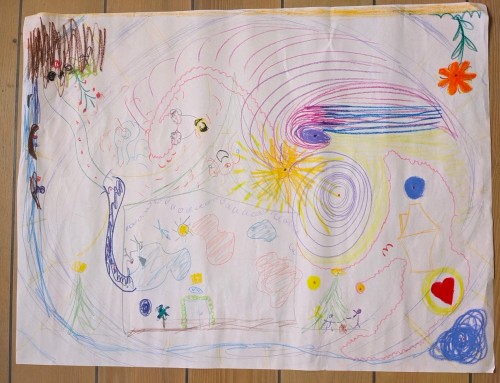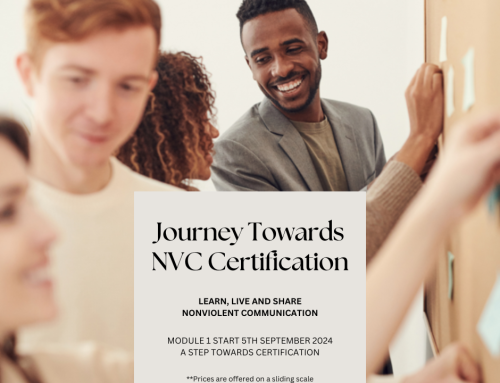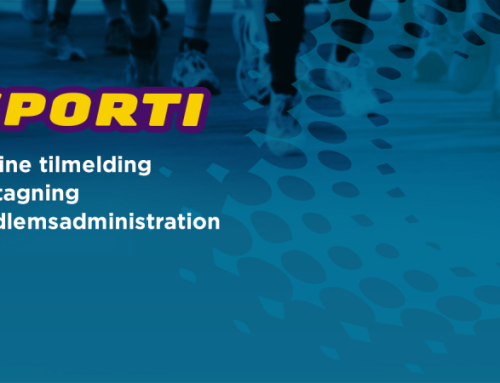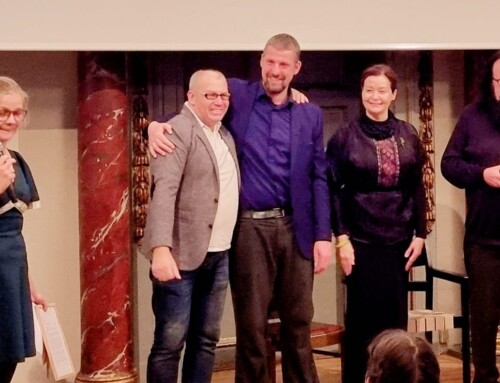March 2014
By Chitra Jha in LifePositive
Non-violent Communication is an international programme that helps us communicate in such a way that we achieve internal and external harmony, and also know ourselves and others better, says Chitra Jha
I first heard of Non-violent Communication in June 2013, at Learning Societies’ Unconference in Pune (thanks to Shammi Nanda), and understood the concept quite literally, taking the words at their face value. Since I hail from Western UP, where softness and subtlety in language is not a strong point, I tend to be quite direct (read harsh) in my communiqués, and this ‘judgmental’ trait bothers me a great deal (making me feel ‘not good enough’). Hence, when I came to know about an international convention in non-violent communication being planned for January 2014, I immediately enrolled for it, without knowing anything about the movement or its scope; all I knew was that I needed something like that at this juncture of my life.
In Dec 2013, I went to Mumbai to conduct a workshop on healing relationships, and stayed with my organiser, Priya Soparkar, at Vashi. The very first day, I browsed through her book collection, and was pleasantly surprised to find Non-violent Communication – A language of life by Marshall B. Rosenberg, Ph.D. I picked up the book, and was immediately hooked.
Seeing my engrossed interest in the subject, Priya very sweetly gifted the book to me, and the rest as they say is history, albeit current history!
I devoured the book, made notes, and began my practice in earnest – with myself as well as my clients. By the time I reached Trivandrum on January 12, to attend the NVC convention, I was not only deeply entrenched in the subject, but had also used the tool. Without this one-month training, I would have been a little lost there.
The NVC convention at Maria Rani Centre, Trivandrum, was a melting pot of different cultures that had come together in their love for non-violent communication as a tool to create internal and external harmony. Two hundred delegates from 14 countries, and eight facilitators from as many countries, created an eclectic atmosphere of love, understanding, wisdom and growth. One has to experience such a convention to completely understand NVC’s vast scope and myriad applications!
I must add that a major highlight of the convention was the amazingly wholesome, nutritious and finger-lickingly delicious food prepared and served lovingly under the close supervision of Shammi Nanda and Aabha Gupta.
Marshal Rosenberg, the father of the NVC process, believed (as many of us do), that compassion is a human being’s true nature. This belief made him ask two questions, over and over again, “What disconnects human beings from their compassionate nature? What leads them to behave violently and exploitatively?” These questions led to another, very pertinent question, “What allows some people to stay connected to their compassionate nature, even under the most trying circumstances?”
As Marshall began to study the factors that affect a person’s ability to stay compassionate, he was struck by the crucial role of language – the use of words. This understanding made him identify a scientific approach to communicating, both speaking and listening, in such a manner that it leads to authentic heart connections. He called this approach Non-violent Communication, using the term non-violence as Mahatma Gandhi had used it, to refer to a state of natural compassion – when there is no violence in the heart. This type of communication is compassionate communication. Marshall calls it a language of life or life-enhancing communication.
In my healing work, I had realised how our words (even when we don’t consider them to be violent), can lead to hurt and pain; both for ourselves and for others. I had also begun to use honest communication, or communicating what was in my heart; but this communication didn’t seem compassionate enough, and didn’t always give the desired effect. In NVC, I have found a new language that strengthens my ability to remain a compassionate human, under all circumstances.
This is not a new process, as these tenets have been known to wise people for centuries. Marshall doesn’t even claim the authorship for the components of this process. However, the threading together of various components of compassionate communication in a systematic manner is definitely unique, and its credit surely must rest with Marshall B. Rosenberg.
Læs resten af Chitra Jha’s artikel her.
This article is from: www.lifepositive.com
https://lifepositive.com/the-language-of-love/






